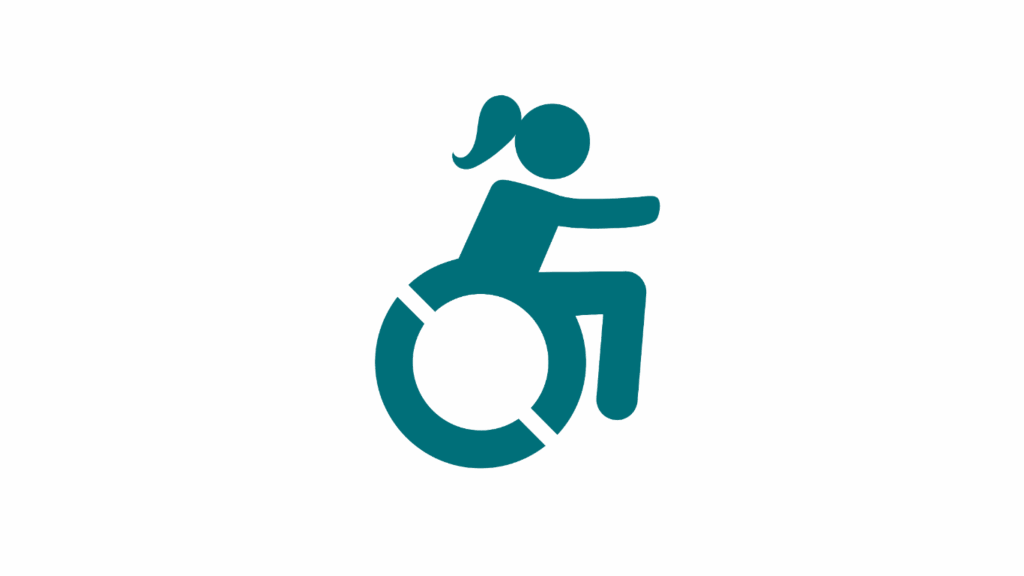
Access vs. Accessibility
What’s the difference, and why does it matter?
Photo: Louis Arevalorevalo
Access and accessibility are often used interchangeably, but they mean different things. Understanding the distinction is essential for building inclusive outdoor spaces.
Definitions
| Term | What It Means |
|---|---|
| Access | A space is usable by some segment of people. For example, adding signage in multiple languages improves access. |
| Accessibility/ Accessible | A space is usable by people with disabilities, including those with mobility devices, and generally free of barriers that prevent use. For example, adding braille signage improves accessibility. |
A project may improve access without improving accessibility, but increasing accessibility typically always increases access.
The space becomes more usable for people with disabilities and likely increases for other segments of the population as well.
Examples in Practice
| Example | Improves Access | Improves Accessibility |
|---|---|---|
| Trail signage in Spanish | ✅ | ❌ |
| Trail maps with braille or raised print | ✅ | ✅ |
| All-terrain wheelchair available for use | ✅ (for some) | ❌ (not everyone can use it) |
| Trail designed to ADA/FSTAG standards | ✅ | ✅ |
| Trail info posted online | ✅ | ❌ (not if the trail isn’t built to accessible standards) |
| Website with alt text and screen reader compatibility | ✅ | ✅ |
Communication Tips to Improve Access
Information
- Share trail details like surface, grade, width, rest areas, and potential barriers
- Include photos, videos, parking info, and GPS coordinates
- Group accessible trails together on your site
- Update info regularly (e.g., storm damage, closures, improvements)
Even if a trail isn’t fully accessible, providing clear info helps users decide if it meets their needs.
Language
- Use respectful, modern terms like accessible and non-accessible
- Avoid outdated or offensive terms like handicapped, crippled, physically impaired or differently abled
- Don’t quantify disabilities ex. mild or severe
- Avoid vague trail ratings like easy/moderate/hard — use measurable data instead
- Never label a trail “accessible” unless it meets ADA or Forest Service Trail Accessibility Guidelines.
Semantics matter. Language influences how people feel, how included they are, and how knowledgeable your organization appears.
Environment
- Communicate environmental details clearly on your site and signage
- Consider sensory and environmental factors like:
- Crowds during peak times or events
- Background noise from roads, sports fields, or gunfire
- Cell coverage for emergencies
Getting Started: Build With, Not For
Don’t build accessible trails for people with disabilities. Build them with the people who will use them.
Start here:
- Involve disabled community members in audits, planning, fundraising, and decision-making
- Compensate people for their time, insight, and expertise
- Hire consultants with lived experience of disability and trail knowledge
- Do outreach with disability organizations from the start—not after design is done
- Build long-term relationships, not one-off consultations
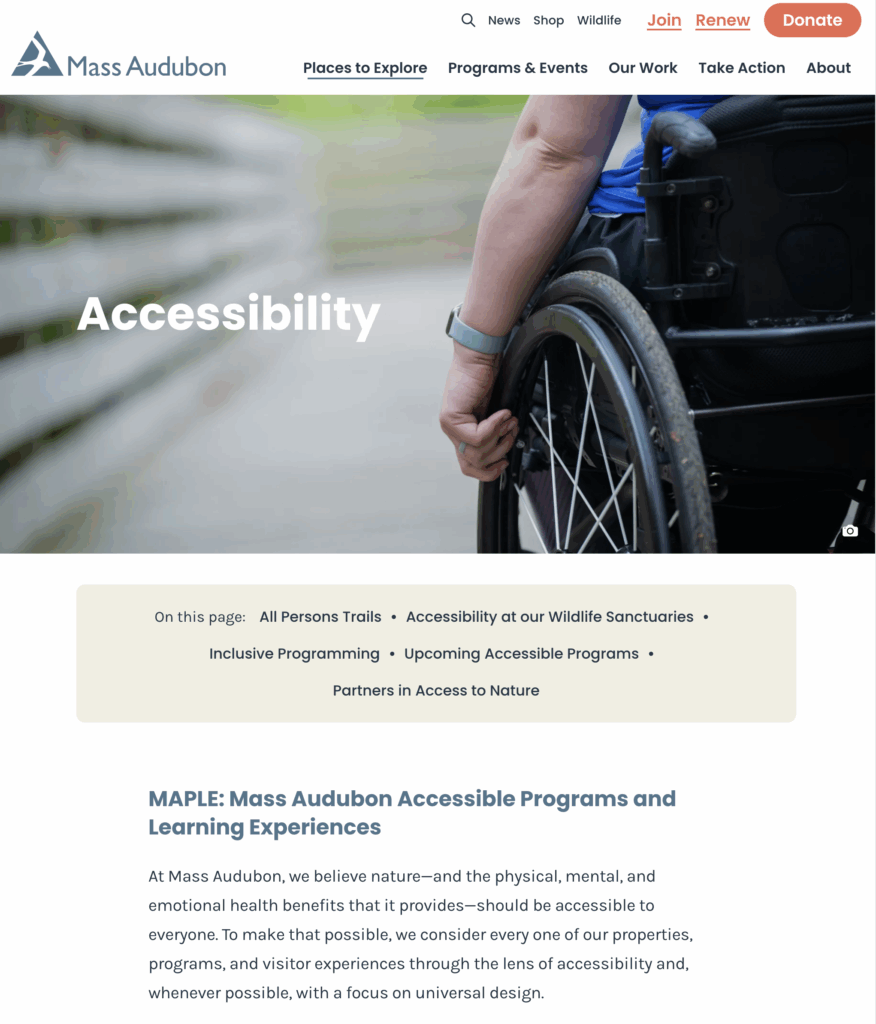
Helpful Resource
“Nothing about us without us”
…isn’t just a saying—it’s a best practice.
Why It Matters
Nearly 29% of U.S. adults live with at least one disabling condition. Add in older adults, caregivers, and families with strollers — and nearly half the population benefits from improved trail access and accessibility.
These efforts aren’t just compliance. They’re about inclusion, dignity, and community.
🔗 Helpful resource: American Trails Access vs. Accessibility Webinar
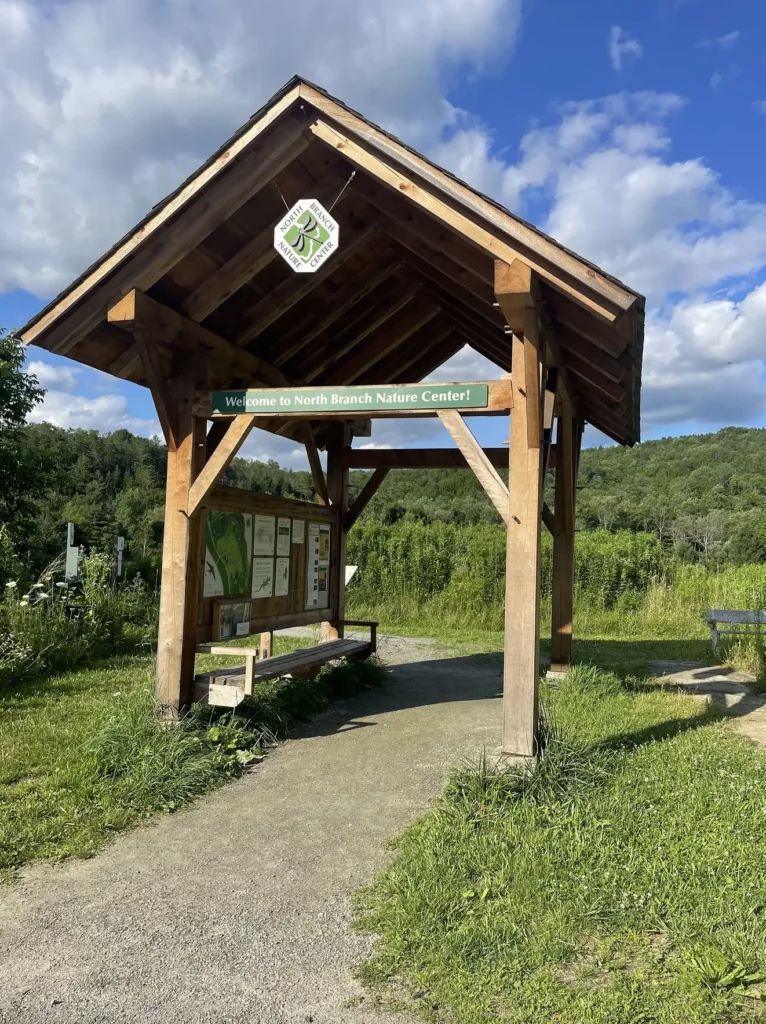
Want Help Improving Your Trails?
The Trail Accessibility Hub can support you with tools, training, and feedback as you expand access and accessibility across your trail network.
Related Reading

Aquatic Entry: Accessible Standards
Coming Soon
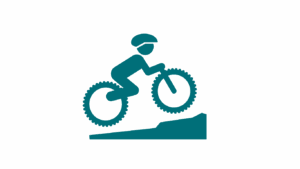
Mountain Biking: Accessible Standards
Coming Soon
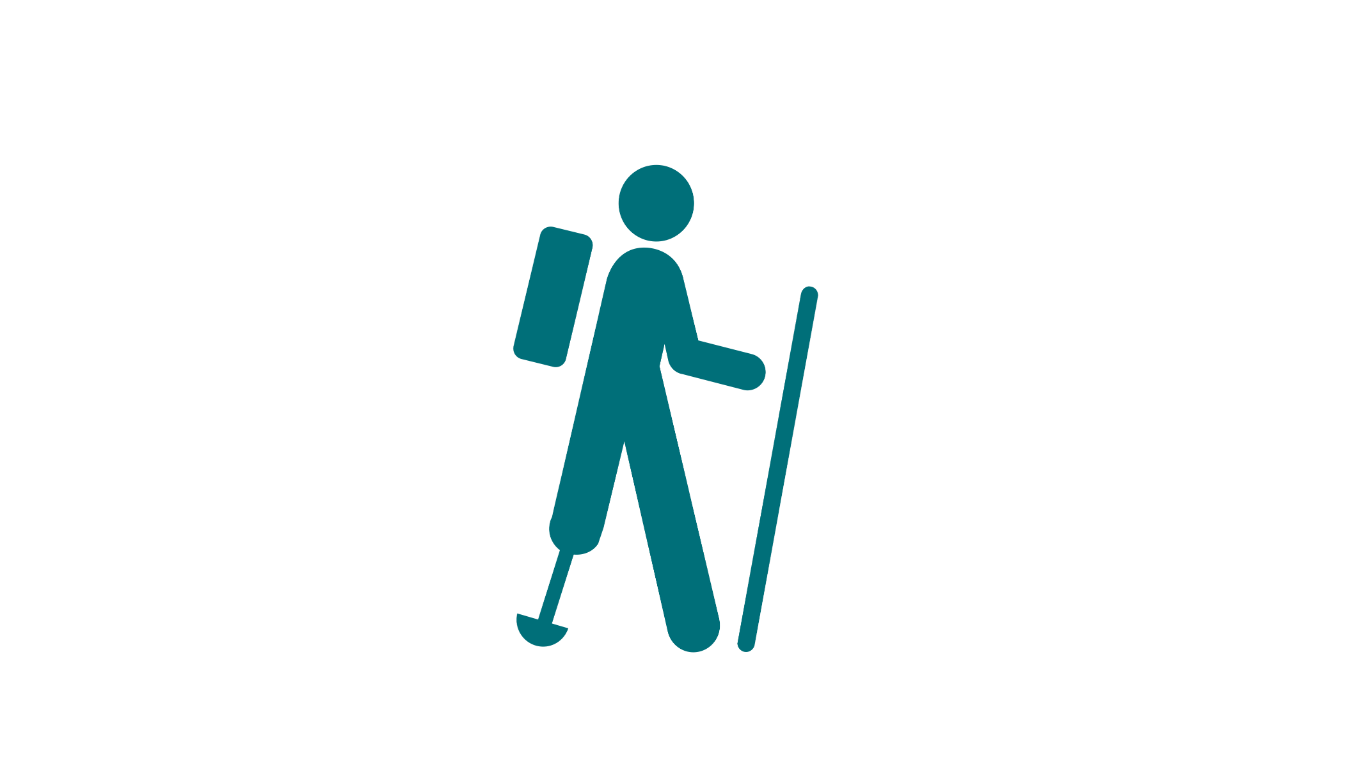
How to conduct a trail audit
An accessibility audit is a practical, community-led way to document what outdoor recreation assets exist, what condition they’re in, and where improvements could be made.
